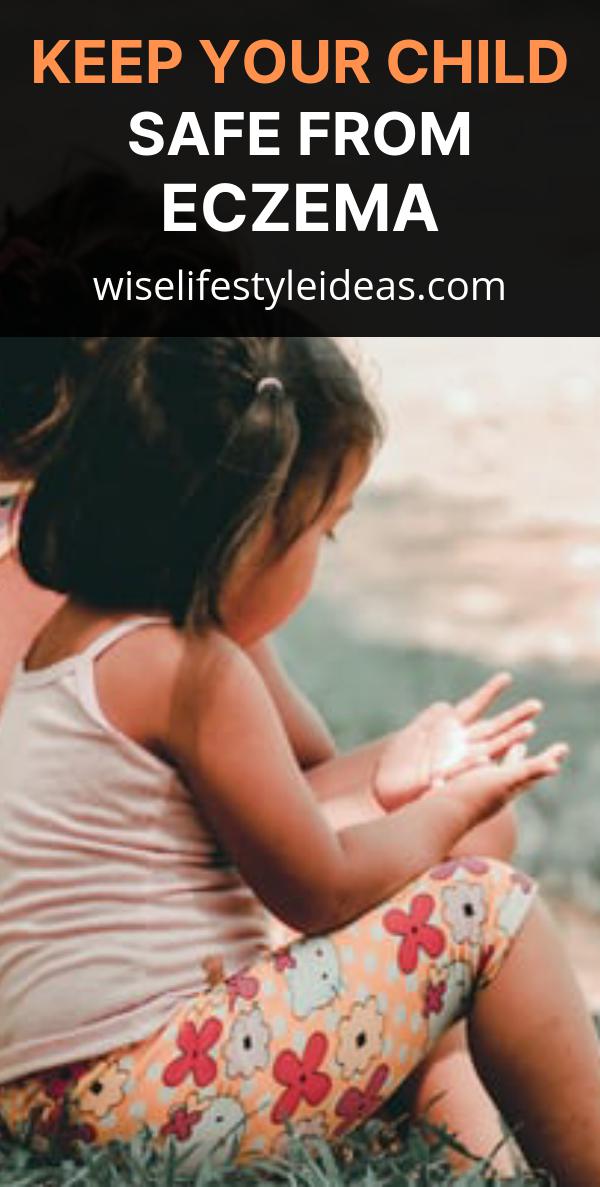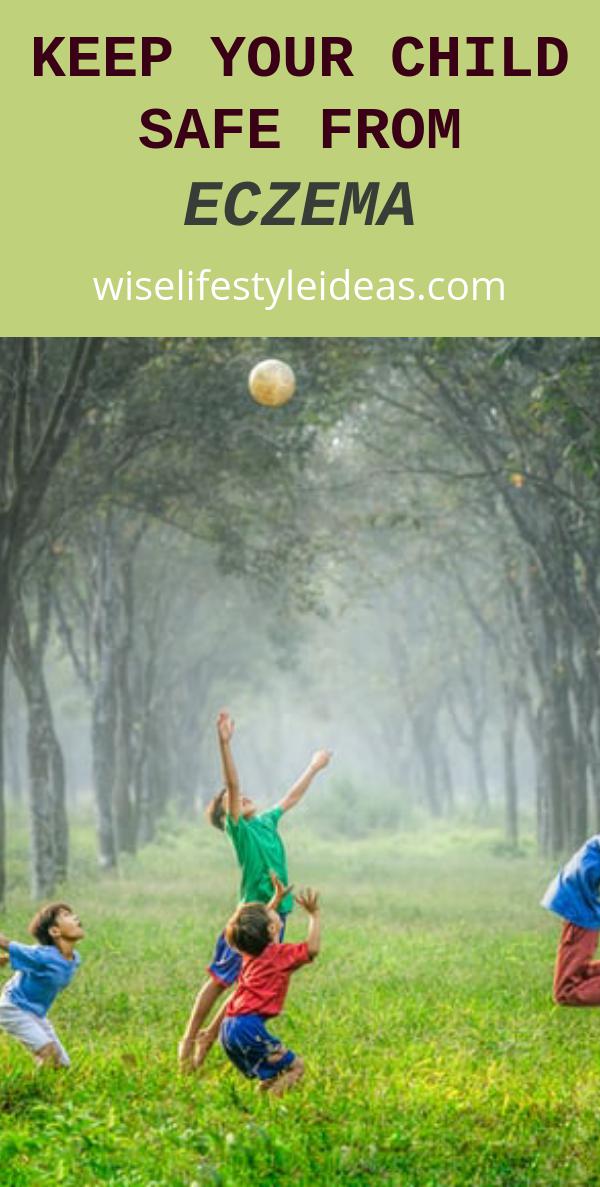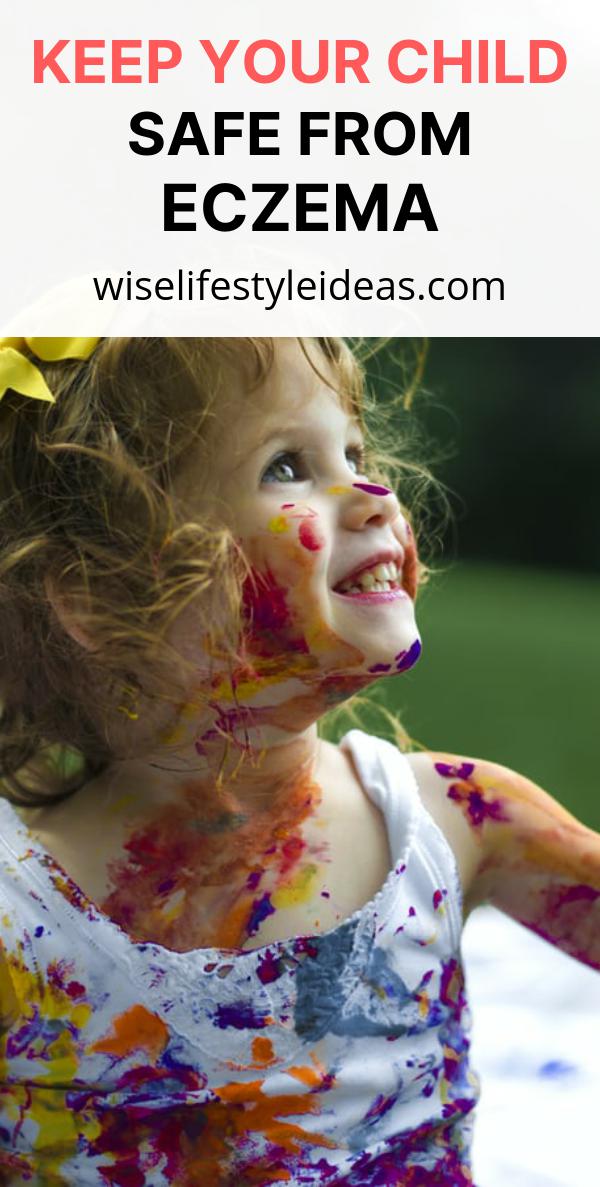Eczema is a skin disease that is mostly seen in infants and children. It is often mistaken for psoriasis and eczema can look almost identical to it. In many cases, a child may have both at the same time. While eczema is often described as having a red rash, it also may have white or gray spots.
The best way to tell if the eczema is just a manifestation of the symptoms of something else, like a virus, is to find out what the cause of the symptoms is. You want to do this before your child is diagnosed with any serious medical condition. There are a number of things that could cause eczema.

Keep in mind that even if you discover that the cause of eczema is not related to an illness, it is still important to rule out other causes of the symptoms. In the case of eczema, it’s important to rule out contact dermatitis. When the skin is irritated by foreign objects or germs, it produces an allergy that can be mistaken for eczema.
While the redness, itching, and rashes are very common with eczema, it can also cause the membranes around the eyes and mouth to become inflamed, which can cause the irritation of the lining of the nose and throat. If this is the cause of the rash, the rash can mimic other allergies and eczema as well.
Other causes of eczema can cause the skin to become irritated and it can also cause the skin to become sensitive to temperature. Because the skin around the eyes and mouth is more sensitive to heat, the rash on the face can sometimes be associated with these areas. If the rash is on the face and the child has been swimming, the rash may have been caused by the exposure to the chlorine in the pool. Eczema around the lips and fingernails can also be caused by the chlorine in the pool.
While it is possible to prevent allergies and eczema from becoming problematic, some conditions are simply hard to avoid. Many conditions that cause skin rashes like eczema are difficult to treat. This is especially true when the underlying cause is an illness. Because of this, it is best to try and determine if the cause of the eczema is due to something other than a simple skin condition.
Another common condition that can be mistaken for eczema is a fungal infection like ringworm. Ringworm is actually a form of molluscum contagiosum, a skin infection that is easily treatable. It may look like eczema because the rash is reddish and similar in appearance, but a fungal infection will usually have spots or freckles that are darker.
Dermatophytosis is a condition that is often mistaken for eczema but is actually a very common condition in which the person develops a thick yellow-green coating over the body. In this case, the body is actually overreacting to something, like the presence of bacteria or dirt, and the skin is trying to get rid of that something. This condition can be easily treated with medication and sometimes a doctor’s visit can completely clear up the problem.
Alopecia areata is a rare condition in which the hair falls out more often than it grows in. Because the hair is often missing, it tends to be very coarse and can appear like bumps. The bumps can also be very persistent.

Bacterial and viral skin diseases, like those that cause cold sores, are similar to eczema in that they cause blisters and lesions on the skin. If your child has not had a healthy immune system for a long time, or if your child is immunocompromised, this condition may be a more serious form of eczema. In such cases, the problem can usually be resolved with topical medications or a vaccination.
To help keep your child safe from eczema, see your doctor and discuss other options for treatment of skin disease, such as prevention and homeopathic treatments. Treatment for eczema, even though it can be uncomfortable, is usually pretty minor and can usually be reversed.




